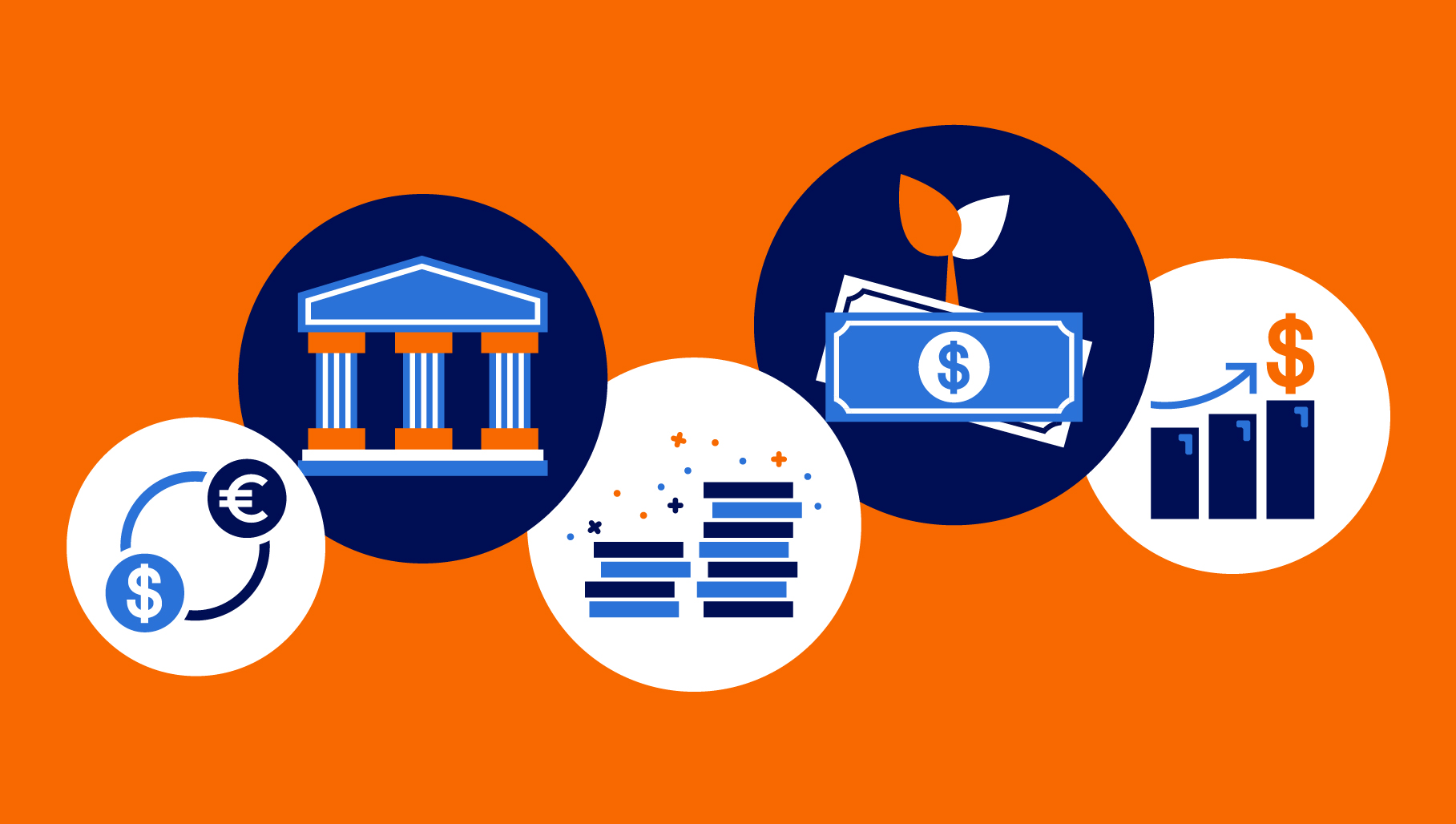Do FinTech Mortgage Lenders Fill the Credit Gap? Evidence from Natural Disasters

Authors: Linda Allen, Baruch College, Yu Shan, Syracuse University and Yao Shen, Baruch College
Forthcoming in the Journal of Financial and Quantitative Analysis, in 2023
Sentence Summarizing the Essence of yYur Paper:
After exogenous demand shocks caused by natural disasters, FinTech lenders are more responsive to increased demand for reconstruction mortgages than traditional banks and non-FinTech shadow banks.
Research Questions:
How do FinTech and non-FinTech lenders respond to the surge in credit demand for reconstruction of damaged or destroyed property in the wake of natural disasters? What are the relative competitive positions of FinTech and traditional bank lenders in local areas? What are the potential channels that explain how financial intermediaries fill the local credit gap amid unanticipated demand shocks?
What We Know:
FinTech lenders adopt fully-automated algorithms that integrate machine learning and artificial intelligence to process credit information, especially hard information, more efficiently than traditional lenders. Nevertheless, traditional banks still possess some unique advantages and incentives that enable them to enhance the supply of credit following natural disasters. Notably, a key function served by traditional banks is inter-temporal credit smoothing, such that the high loan rates and low deposit rates offered by banks imply an implicit guarantee of enhanced credit availability during stressed periods. Moreover, regulators provide various forms of regulatory relief and assistance to traditional banks in order to facilitate post-disaster recovery.
Originality/Value – Novel Findings:
Our results show that both FinTech and traditional bank lenders (but not non-FinTech shadow banks) increase credit supply after natural disasters. FinTech lenders ease credit standards more than other types of lenders do, along both the extensive and intensive margins. We do not find evidence that FinTech lenders charge higher interest rates as a convenience premium in their post-disaster lending. Further, FinTech post-disaster loans do not experience higher delinquency rates than other loans, suggesting that FinTech loans do not underprice any adverse changes in unobservable risks that may impair loan performance.
We find that FinTech post-disaster lenders benefit from their usage of securitization and online lending. That is, FinTech lenders expand lending more in areas dominated by banks dependent upon on-balance sheet lending and physical branch networks. We also find that FinTech lenders increase supply elasticity by relaxing underwriting standards more in markets where they are confronted with competitive pressure from traditional banks. In contrast, we find that traditional banks do not aggressively loosen credit standards in markets where they have fewer competitive advantages.
Implications for Practice:
Our paper extends our understanding on the competition between FinTech and traditional lenders in the mortgage market and highlights the important role of financial technology in mitigating the credit gap in local markets and affecting the credit quality.
Implications for Research:
Our paper presents the important function played by financial technology in local credit markets. Our paper, along with other earlier papers, separates FinTech lenders from non-FinTech shadow banks and traditional banks. However, practically, traditional banks are also increasingly integrating financial technologies in their lending businesses. How would a traditional bank equipped with technology compete with other players in the market? Would that pose more systemic risk to the banking industry? More research is needed for these questions.
Full Citation:
Allen, L., Shan, Y., & Shen, Y. (2022). Do FinTech Mortgage Lenders Fill the Credit Gap? Evidence from Natural Disasters. Journal of Financial and Quantitative Analysis, 1-42. doi:10.1017/S002210902200120X
Abstract:
After exogenous demand shocks caused by natural disasters, FinTech lenders are more responsive to increased demand for reconstruction mortgages than traditional banks and non-FinTech shadow banks. Both FinTech and traditional banks increase credit supply, but FinTech supply is more elastic without increases in risk-adjusted interest rates or delinquency rates. Comparing lending supply channels, banks respond to regulatory incentives to lend to damaged areas, whereas FinTech lenders supply more credit when traditional banks rely more on balance sheet financing and physical branch networks. Compared to traditional banks, FinTech lenders increase supply elasticity more aggressively in response to local competitive pressure.
Web URL for the Article:
https://www.cambridge.org/core/journals/journal-of-financial-and-quantitative-analysis/article/abs/do-fintech-mortgage-lenders-fill-the-credit-gap-evidence-from-natural-disasters/22B3961EF741799C9FFC825320B7139C


